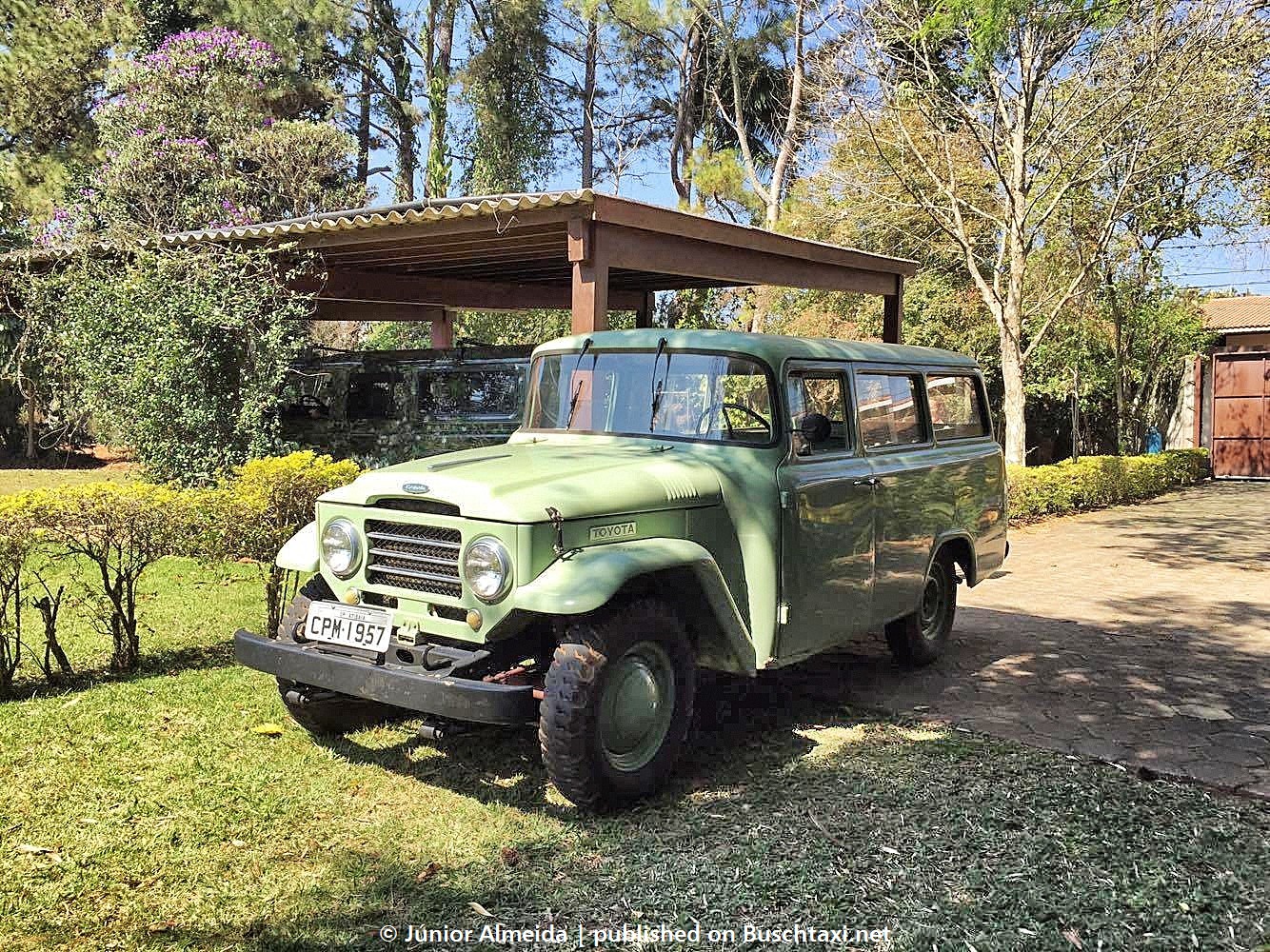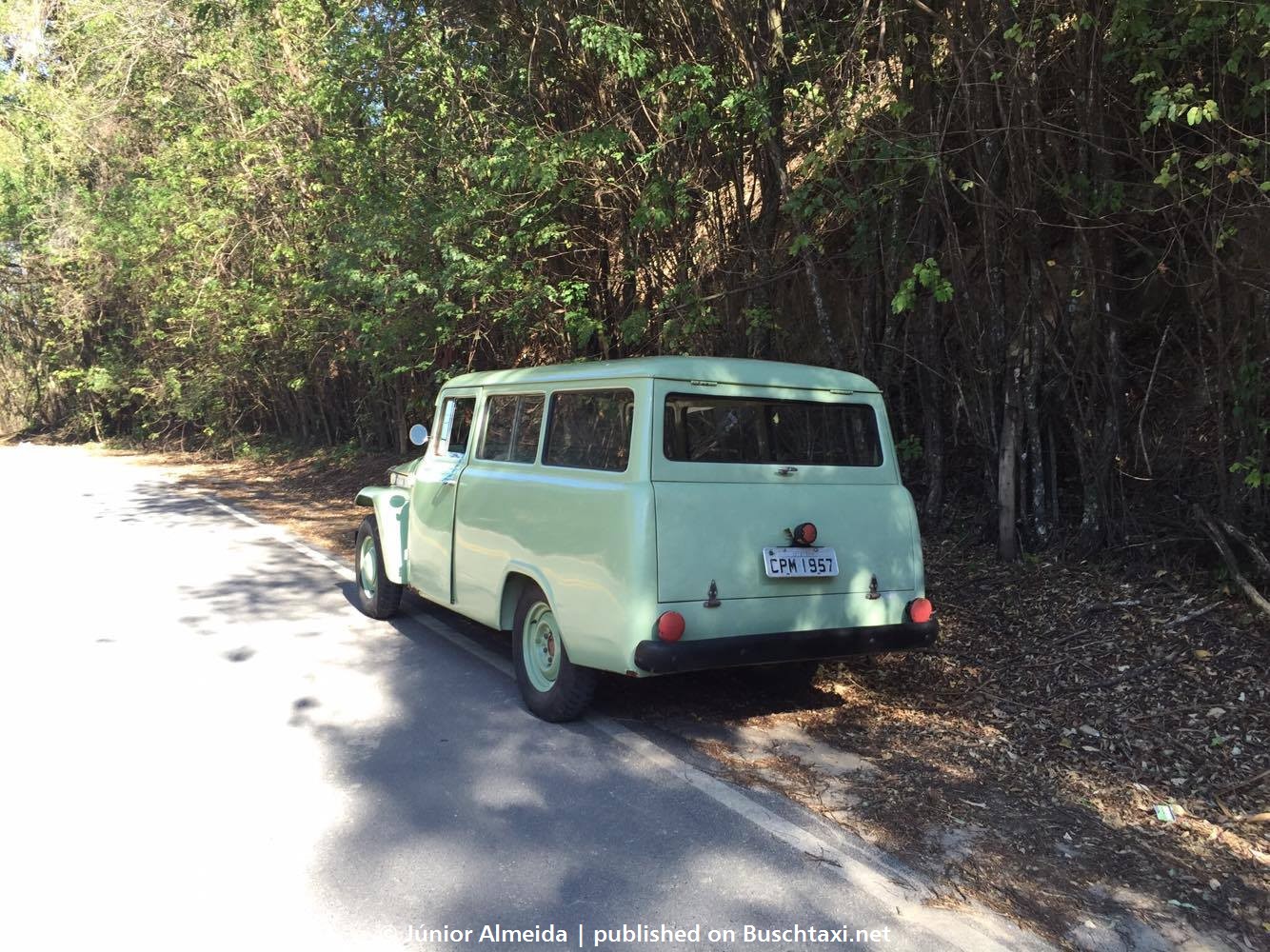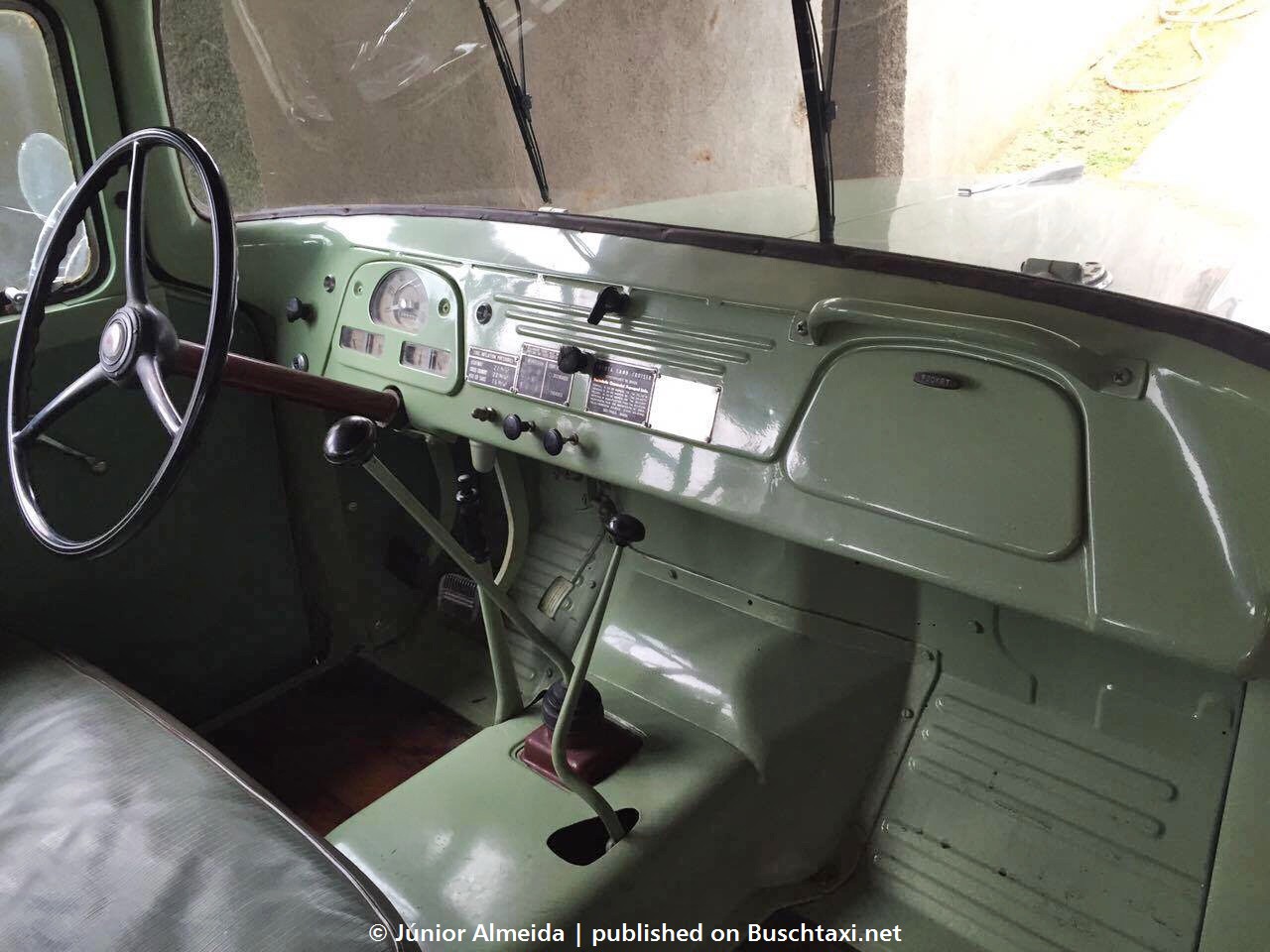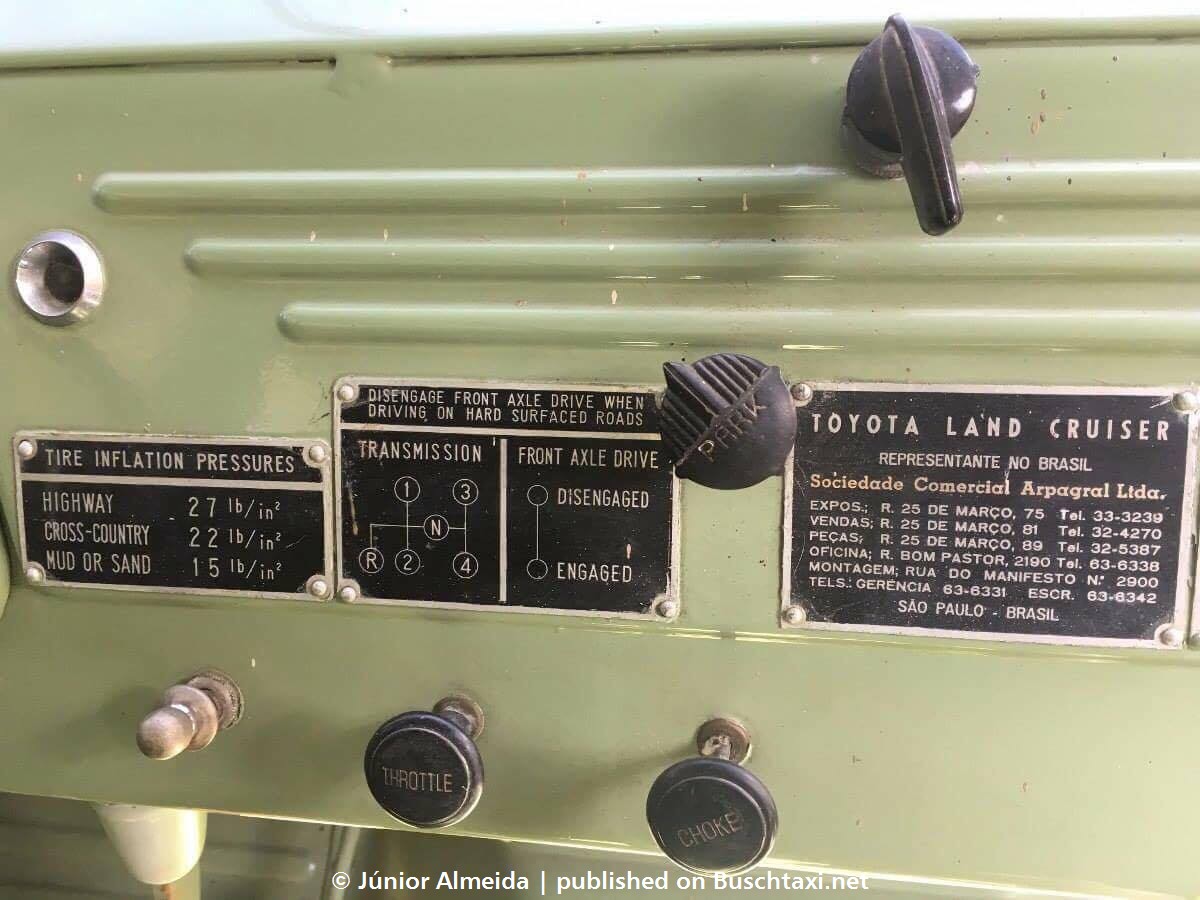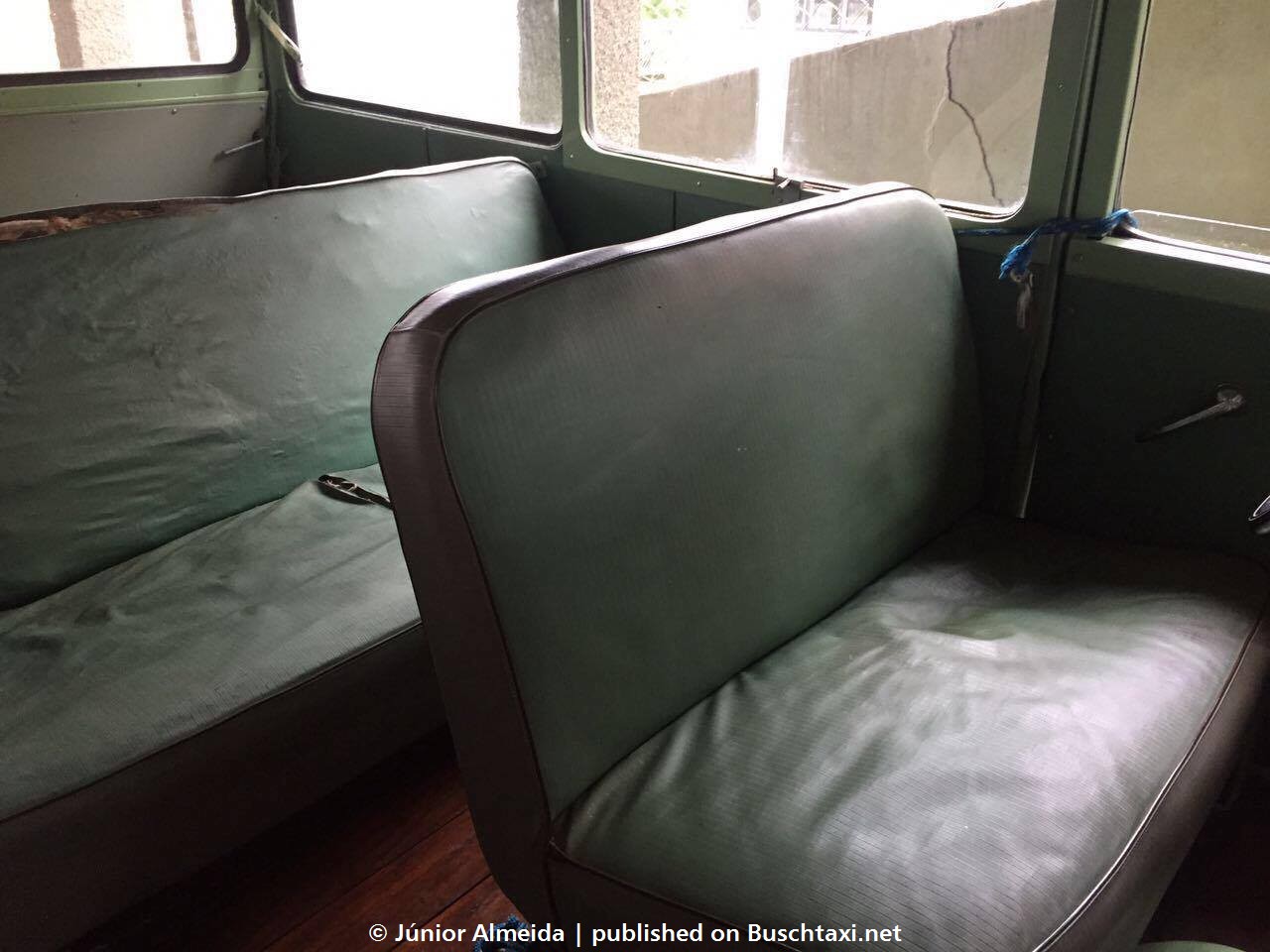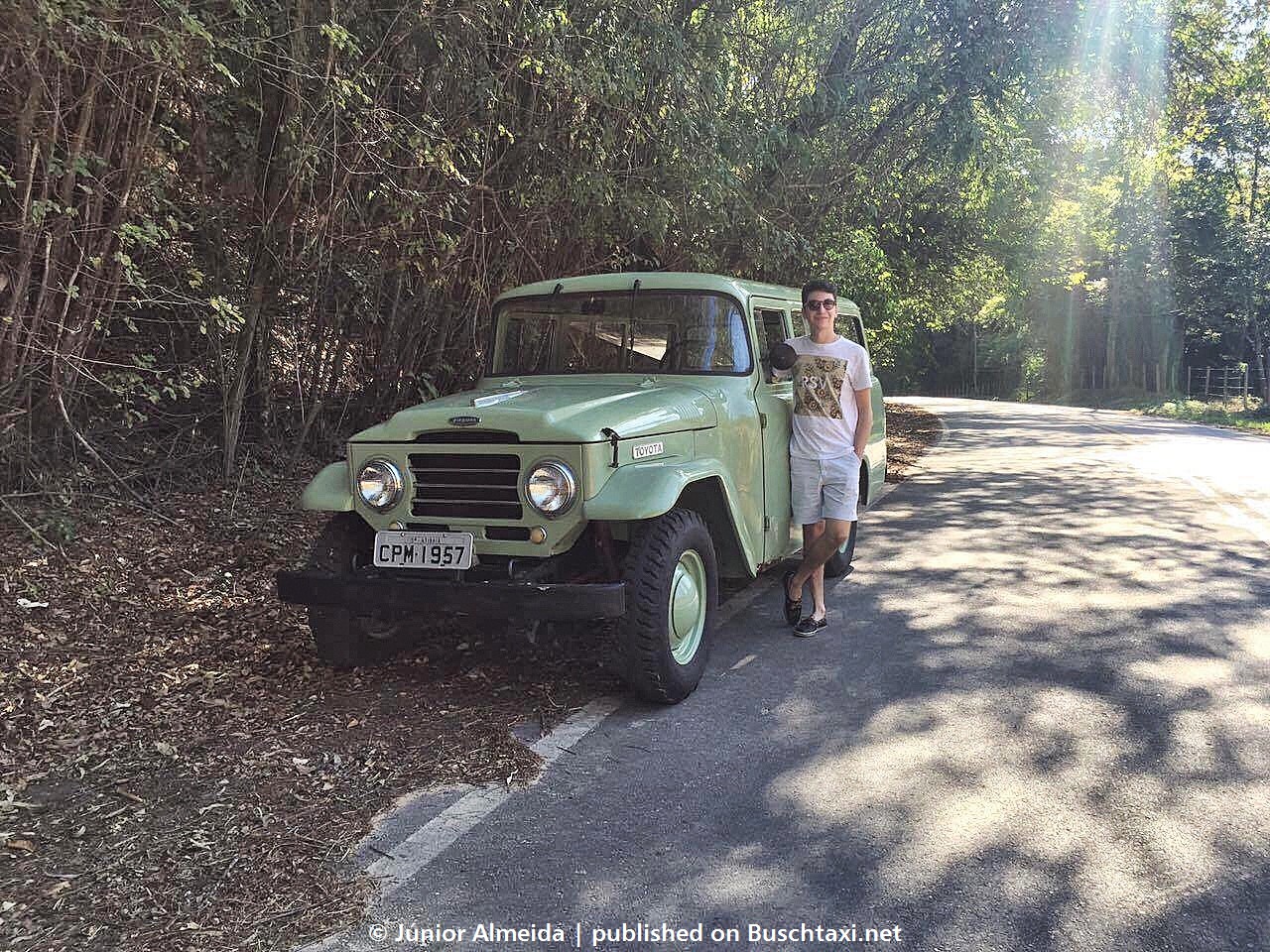Adding from the bushtaxi website.... to keep pics

He has a particular soft spot for the Toyota Land Cruiser, which also has a long tradition and a great reputation in Brazil. Toyota had already exported the Land Cruiser to Brazil in 1955: The Japanese Ichiro Nashitami founded the “Sociedade Comercial Arpagral Ltda.” and took over the representation for Toyota Trucks and the Land Cruiser. After the new Japanese all-wheel drive was well received on the South American market, Nashitami-san convinced the Toyoda family to take the next logical step: From 1959, the Land Cruiser FJ25 was assembled at Toyota do Brasil - in the "Completely Knocked Down" assembly, i.e. on The basis of the completely delivered kits. Due to the rapidly increasing demand in South America, however, the decision was quickly made to set up a dedicated, in São Bernardo do Campo, Brazil to build complete manufacturing. In 1962 the time had come: From then on, the J4 was produced as a “Toyota Bandeirante” at Toyota do Brasil, from 1968 even without any parts from Japan.
The early years were wild and the Toyota men were very flexible with the Land Cruiser: if a new purpose came up and the idea was good, the Land Cruiser was adapted accordingly. So very different versions developed for all possible areas of working life.
Júnior Almeida recently found a particularly beautiful, almost baroque specimen in July 2016: a Land Cruiser “20 Series” with a station structure.
What we see here is difficult to describe: A J20, sure, but only up to the A-pillar on the outside. The rest is ... unusual. This is because this ("according to the state of the investigation") is a one-off. Júnior has carried out extensive research and has so far determined the following story: Nashitami-san probably took a 1957 imported FJ25 in the "Chassis and Cab" version (ie chassis and cabin as the basis for further superstructures) and commissioned the body specialists from ALCAR ltda. in Sao Paulo with the renovation: the frame was obviously extended, the complete structure of the structure was made of wood, and there was a body panel. The rear (i.e. the tailgate and the corners) was obviously made by the
Volvo PV445(with us Volvo Duett), a license build from Volvo Carbrasa in Brazil. It has not yet been possible to determine where the windscreen, roof approach and doors come from. In any case, the result is a really extraordinarily beautiful station wagon with balanced lines and a lot of space in the interior. As with the later FJ45v, the body was widened right after the bonnet to create more space. The driver's seat, the folding front passenger seat and the back seat had space for 6 people, and even a lot of luggage fit behind the back seat. There's no question about it: someone worked here who knew exactly the proportions and lines, and the result is unique!
Manufacturing quality and finish are also very high, according to Júnior, and that this magnificent piece in its unrestored (!) Condition looks so outstanding is due not least to the demonstrably only two previous owners, who obviously handled it with more than careful care.
The bush taxi will continue to accompany Júnior's research: the history of this Land Cruiser is worth writing down in detail!


